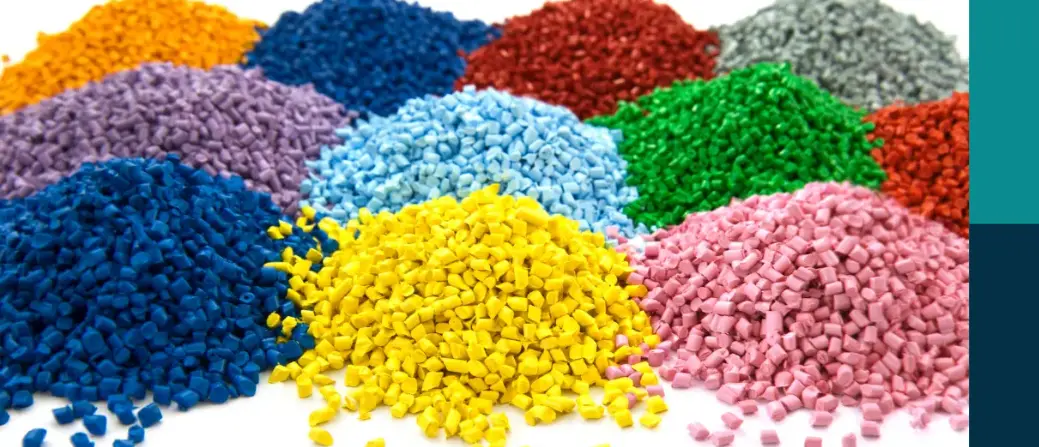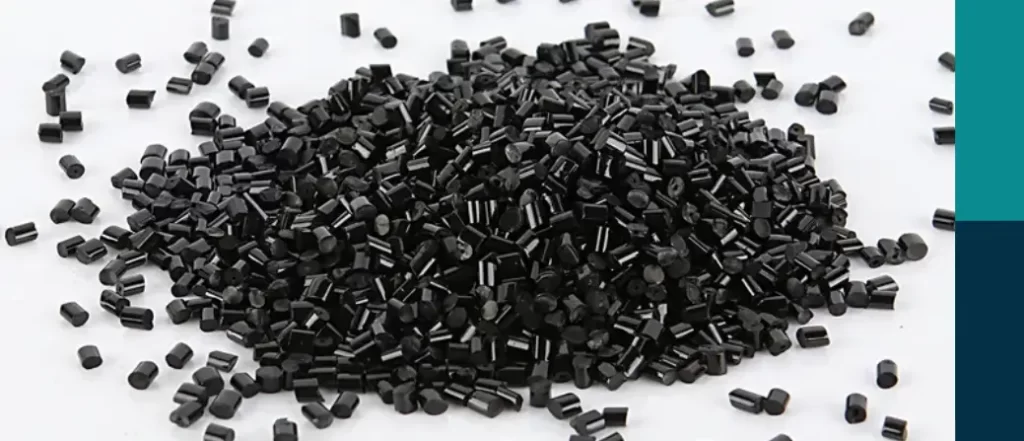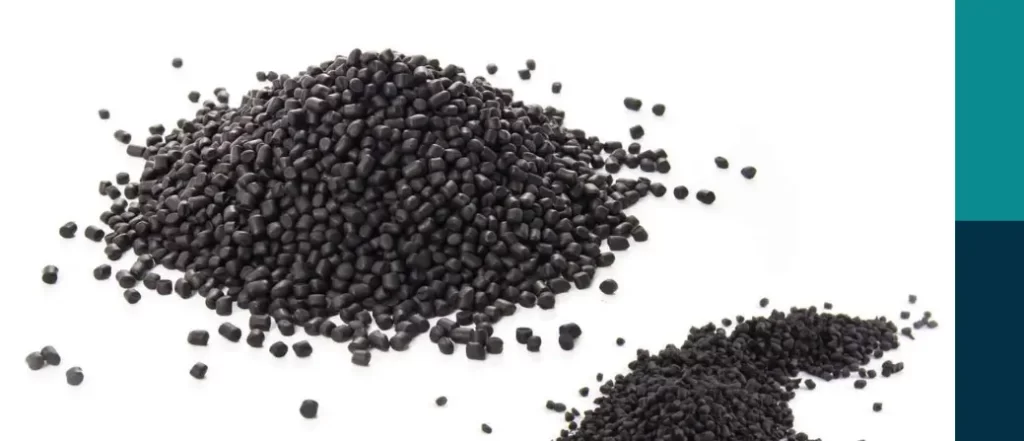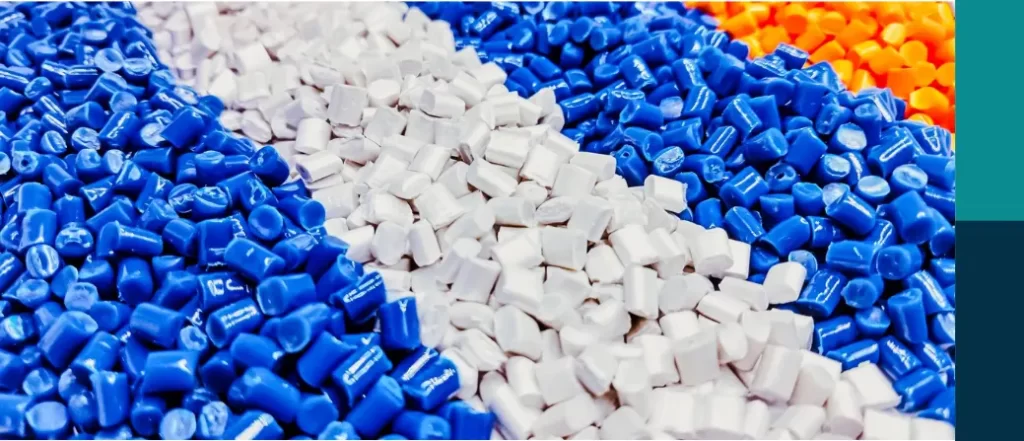color masterbatch
What is Color Masterbatch
In the evolving world of plastics, color has become a crucial factor in determining the success of any product in terms of aesthetic, user experience and brand recognition. Color Masterbatch is a new type of polymer colorant, also known as color concentrates, which mainly consists of granules used for coloring plastics and producing batches with precise color matching.
Due to its great impact on the final products, color masterbatch has successfully achieved a global market sales revenue of 4.65 Billion Dollars in 2022, and it is expected to reach a Compound Annual Growth Rate (CAGR) of 6.5% by the end of 2031.
And for the importance of this matter and the great growth it has among the industry, we will offer you in this article a full brief of everything you need to know about color masterbatch and its diverse uses and benefits.
Most Common Applications of Color Masterbatch
Color masterbatch has become widely used in multiple industries for its great properties in enhancing visual appeal, color consistency and brand recognition. Top applications of color masterbatch are:
- Packaging: It is probably the most important area of application that everyone has encountered in their lives. This includes bottles, containers, films, bags, and flexible packages.
- Automatives: Due to the fantastic visual aesthetic that color masterbatch provides, it is a quite common factor used in producing interior and exterior automotive parts, like dashboards, bumpers and trims.
- Consumer Goods: As color masterbatch allows for easier customization, it has become a great element in producing toys, cases, electronics, and appliances.
- Medical Devices: Medical imaging and visibility is a very important factor for securing the safety of patients and medical staff, in which color masterbatch is a great tool to ease the process.
- Construction: Color masterbatch is easier to handle and use, hence it is efficient to use with additives to enhance the properties of the end products which is very important in the industry of construction. This includes pipes, fittings, panels, profiles, and more.
Producing Color Masterbatch
Color masterbatch is a concentrated mixture of pigments encapsulated in a carrier resin, used to add color to raw polymers. The process of manufacturing color masterbatch happens on multiple procedures:
Preparation of color masterbatch
The first procedure of manufacturing color masterbatch relies on preparing materials based on the end-use application. This means choosing the right carrier resin (typically Polyethylene (PE) and Polypropylene (PP)), and picking good quality pigments for the desired colors. Additives can also be prepared at this stage to ensure extra characteristics for the end product, like UV resistance.
Production of color masterbatch
After preparing materials, pigments and resin carriers are combined in a mixer where they get continuously blended to ensure even dispersion. A premix preparation can also be applied in a granular premix relying on extrusion or cutting. After that, the composition is melted to form a molten mixture, and is then extruded through an extruder to create continuous masterbatch strips. Eventually, the extruded strips are cooled and solidified into granules. The resulting granules are then uniformly cut based on the desired shapes and sizes.
Screening and Inspection of color masterbatch
Screening and inspecting are crucial procedures after producing a color masterbatch as they ensure that the manufactured masterbatch is even, uniform and with good quality. Screening can be applied through vibrating screens that spread granules based on sizes, or with magnetic separators and air classifiers. And to ensure great quality, certain procedures can be taken, for example,samples of masterbatch can be tested in laboratories to check for properties like color strength and dispersion quality. If the masterbatch requires a specific shading, Spectrophotometry can be a great way to measure the color of masterbatch against a standard. Another great technique is the MFI (Melt Flow Index), which measures the flow rate of the melted masterbatch to ensure that it will process perfectly during the plastic manufacturing processes.
5 Things To Consider For Producing Color Masterbatch
Producing high-quality color masterbatch involves several critical considerations to ensure consistency, efficiency, and performance. Here are 5 factors you need to pay attention to:
Pigment Selection
Selecting the right pigments is one of the most important factors that determine the success of your production. Make sure you pick pigments with excellent dispersibility, lightfastness, heat stability and other properties to ensure vibrant and consistent colors.
Carrier Resin Compatibility
The carrier resin must be compatible with your final product’s base polymer. This will ensure that your manufacturing process will achieve a uniform dispersion without risks of complications.
Production Parameters
First of all, you need to ensure an even dispersion and a proper mixing of all your materials. Then you need to set some control parameters like temperature, pressure, speed and more, to best optimize the process.
Quality Control
Consider establishing quality control measures such as Spectrophotometry and MFI to make sure that your resulting masterbatch meets the required specifications.
Regulatory Compliance
Ensure the masterbatch complies with industry standards and regulations, especially for applications like food packaging and medical devices.
Top 7 Purposes and Benefits Of Using Color Masterbatch
1- Perfect Color Dispersion
Using high quality color masterbatch ensures a great color consistency throughout the final product and the full set of products in general, with noticeably lesser risks of inconsistent dispersion, streaks, and color variation.
2- Attractive Visual Appeal
Color masterbatch provides vibrant and intense colors that remain vivid over time, which highly elevates the product aesthetic, making it more appealing.
3- Customization
Thanks to the improved technology solutions like Spectrophotometry and computer-aided color matching (CACM), people can now produce color masterbatch that precisely match their needed color samples and requirements.
4- Cost-Effective Solutions
Using color masterbatch is quite more economical than using pre-colored polymers as it reduces the need for large amounts and inventories of colored materials, which is not only cost-effective, but also more sustainable and eco-friendly.
5- Ease Of Use
Colored masterbatch granules are easy to work with and handle in mixers and extruders, and they also have lower risks of incompatibility with base resins, which simplifies the overall manufacturing process.
6- Marketing and Brand Recognition
Many great companies rely on color as a significant marketing tool, for which they use color masterbatch to produce their packaging such as in bottles, bags and covers. Using colors has proven to have a great impact on customers’ decisions of buying.
7- Production Efficiency
Relying on color masterbatch does not only improve the visual appeal and secure great quality, but it also guarantees a quicker production process in lesser time with lesser waste and reduced risks.
Final thoughts about color masterbatch
If you work in the plastic industry and need color masterbatch, ensure you get your batches from a trusted supplier so guarantee great qualities and ease of production of your end product without risks.
We at Carbokene FZE offer high quality color masterbatch, manufactured in our laboratories under high quality control and standards, with extra inspection and testing to ensure you the best quality and the exact requested color for your application. Contact us to get a price quotation!




